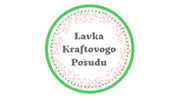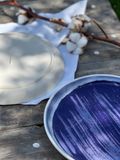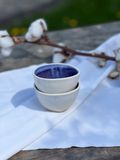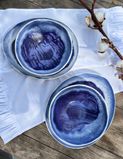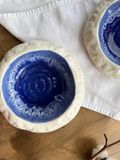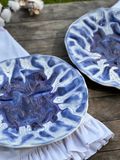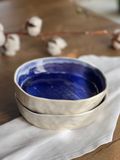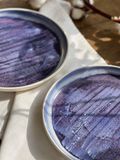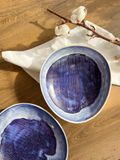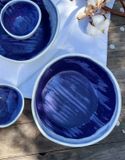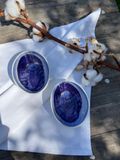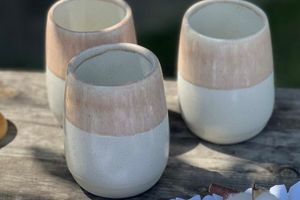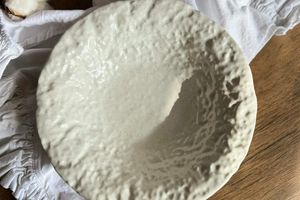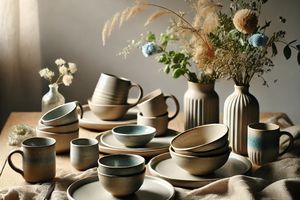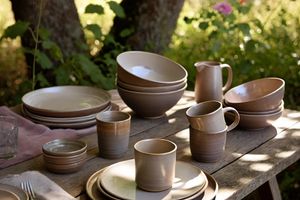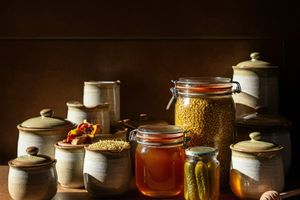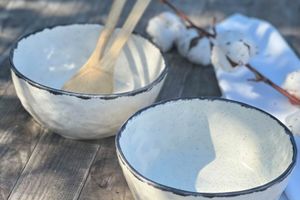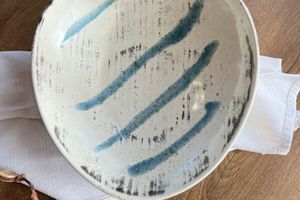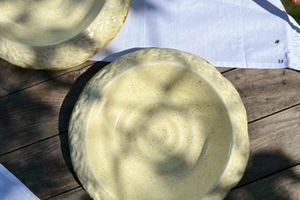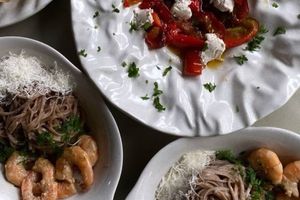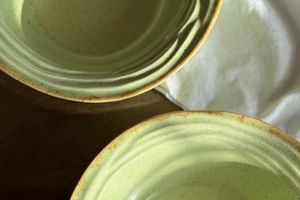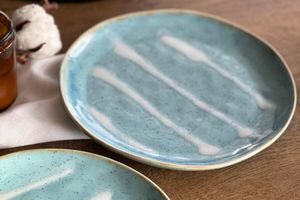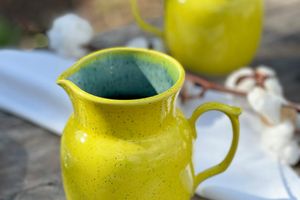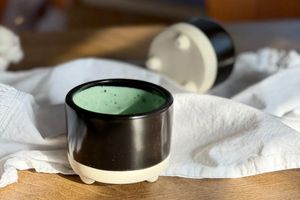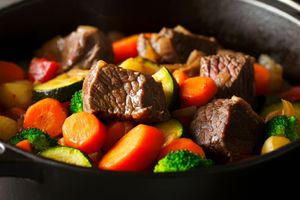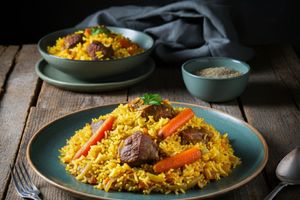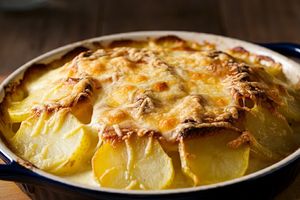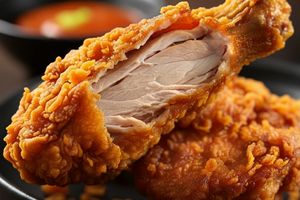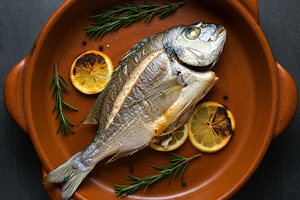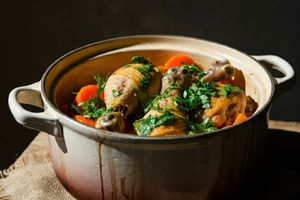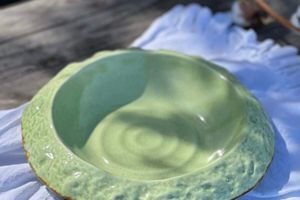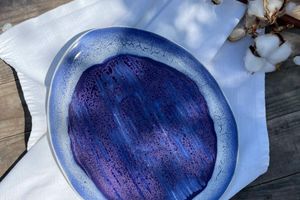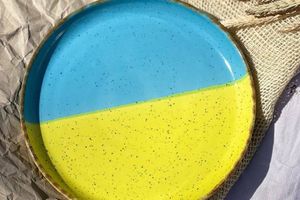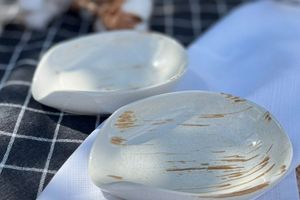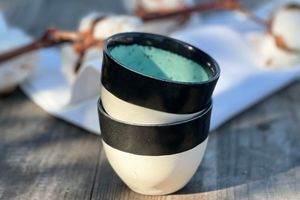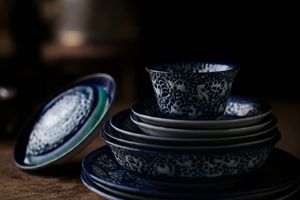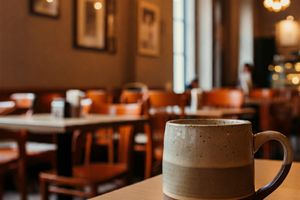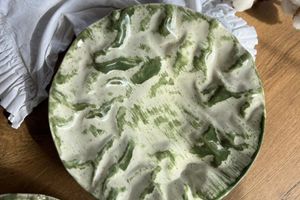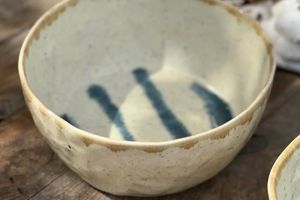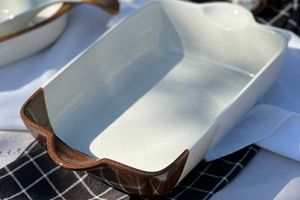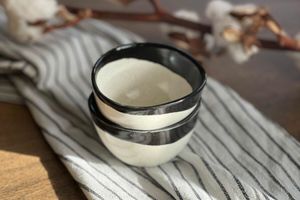How Ceramic Tableware is Used in Kindergartens and Schools: Safety and Benefits 🏺👶
When it comes to tableware for children in kindergartens and schools, the most important criteria are safety, eco-friendliness, and comfort. Ceramic tableware has become increasingly popular as a natural, safe, and stylish choice. But why is ceramic so well-suited for children? Let's explore how and why this material is used in educational settings for young and older children.
Ceramics – a natural material without harmful additives 🌱
Unlike plastic, which can contain harmful chemicals, ceramics are made from natural clay. It does not release toxins or contain impurities that could enter food, making it safe even for the youngest children. In some countries in Europe and Asia, ceramic tableware is part of state standards for schools and kindergartens, reflecting a global trend toward choosing safe materials for children.
History: As early as the Roman Empire, children were given food in ceramic plates, as it was believed to strengthen their immunity and improve the taste of food. Modern research confirms that the absence of chemical impurities in ceramics makes it ideal for children.
Aesthetics and Comfort – Food Becomes Part of Learning 🎨
Ceramics have a unique texture and pleasing appearance that help children develop a sense of aesthetics and style. Using beautiful ceramic tableware fosters a cultural approach to food and table settings, making it part of the overall educational process. This helps children view mealtime not just as a routine but as a pleasant part of the day.
Fact: Studies show that children are more likely to eat healthy food when it is served in tableware that is pleasant to look at and touch. The texture of ceramic tableware adds a sense of warmth, creating a positive atmosphere during mealtime.
Resistance to Temperature Changes 🌡️
One of the major advantages of ceramic tableware is its resistance to temperature fluctuations. Ceramic can withstand both hot and cold temperatures, making it ideal for serving different dishes in educational institutions. Moreover, ceramic retains heat well, which is useful if food is prepared in advance and needs to be kept warm.
Example: In a kindergarten in Japan, ceramic tableware is used to serve soups and other hot dishes because it helps maintain food temperature, making lunch more comfortable for children.
Eco-Friendliness – Contributing to a Clean Environment 🌍
Educational institutions are increasingly looking for eco-friendly solutions, reducing the use of disposable plastic. Ceramic, being durable and easily recyclable, meets these requirements. Ceramic tableware can last for years, making it both economically viable and environmentally friendly.
Interesting fact: Some European kindergartens hold workshops where children paint ceramic plates, which they then use in the dining room. This not only develops creative skills but also fosters awareness of the importance of reusing and reducing waste.
Durability and Safe Usage 💪
Modern ceramics for kindergartens and schools are made with children’s needs in mind, being durable and resistant to damage. Special ceramic items for children have reinforced edges to reduce the likelihood of chips and cracks and are lighter in weight for easy handling.
Example: In a kindergarten in Sweden, children use ceramic tableware with reinforced edges, which remains intact even if dropped. This makes the tableware safe for both young and older children.
Conclusion
Ceramic tableware for kindergartens and schools is more than a practical solution – it is an investment in children's health and development. The absence of harmful additives, eco-friendliness, aesthetics, and safety make ceramics the best choice for educational institutions. With such advantages, ceramic tableware becomes more than just an alternative; it’s a true asset that supports a comfortable and eco-friendly environment for children.
